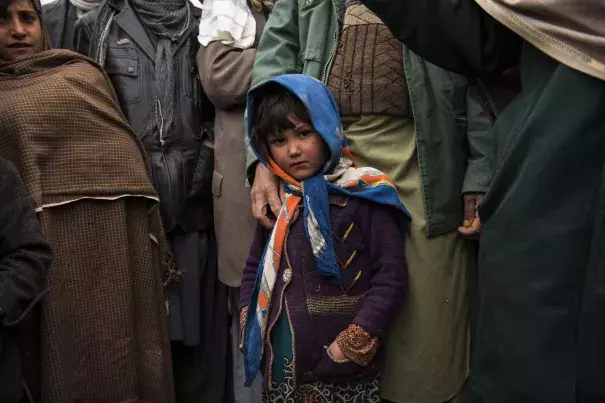Extreme weather patterns are raising the risk of a global food crisis, and climate change will make this worse

Signals Summary: Climate change is messing with atmospheric circulation, including the jet stream, which can cause an increase in instances of atmospheric blocking. A major block can produce long stretches of blazing heat in the summer or bitter cold in the winter.
Article Excerpt: Extreme weather patterns associated with heat waves and droughts are raising the risks of simultaneous harvest failures of vital crops worldwide such as wheat, maize and soybeans, two studies published Monday found. This is pushing the world closer to the edge of potential food price spikes, associated social unrest and food shortages.
The studies, published in the journal Nature Climate Change, found that in an increasingly interconnected world, there’s a greater chance that extreme weather events can have ripple effects in more than one region at once.
In particular, when the jet stream — the high-altitude air current that steers storms and separates air masses, takes on more undulating and persistent wavy shapes (technically known as “Rossby waves,” after the scientist Carl-Gustaf Rossby), extreme heat events become more common in particular parts of the world.
...
In an interview, Kornhuber [atmospheric scientist at Columbia University] said it’s well known that heat waves will become more intense, and therefore more damaging, if emissions of planet-warming greenhouse gases are not reduced, regardless of any changes in these jet stream patterns. “In general, extremes will become stronger, and the likelihood that extremes will occur simultaneously will also increase,” Kornhuber said.
In addition, some studies have shown that global warming may be making the jet stream wavier and more likely to get locked into persistent patterns.
“Global warming can also affect the circulation and potentially make these wave patterns more persistent or provide favorable conditions for those patterns to recur,” Kornhuber said.


